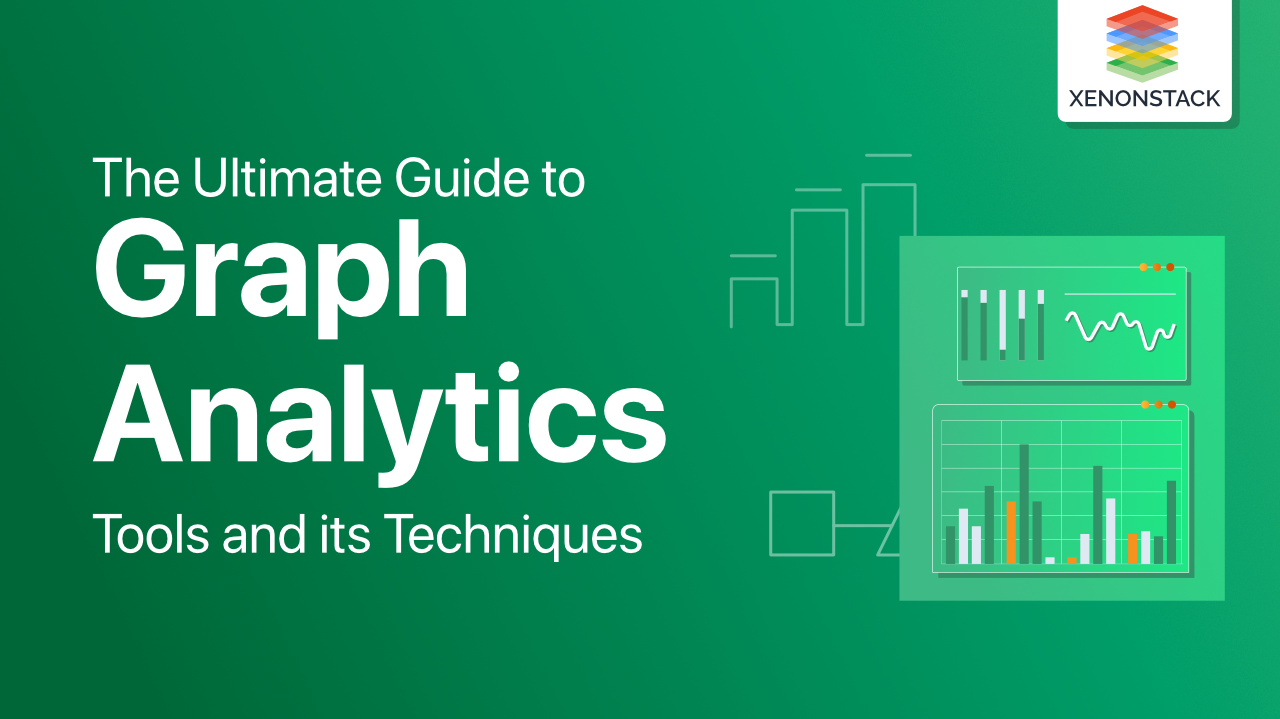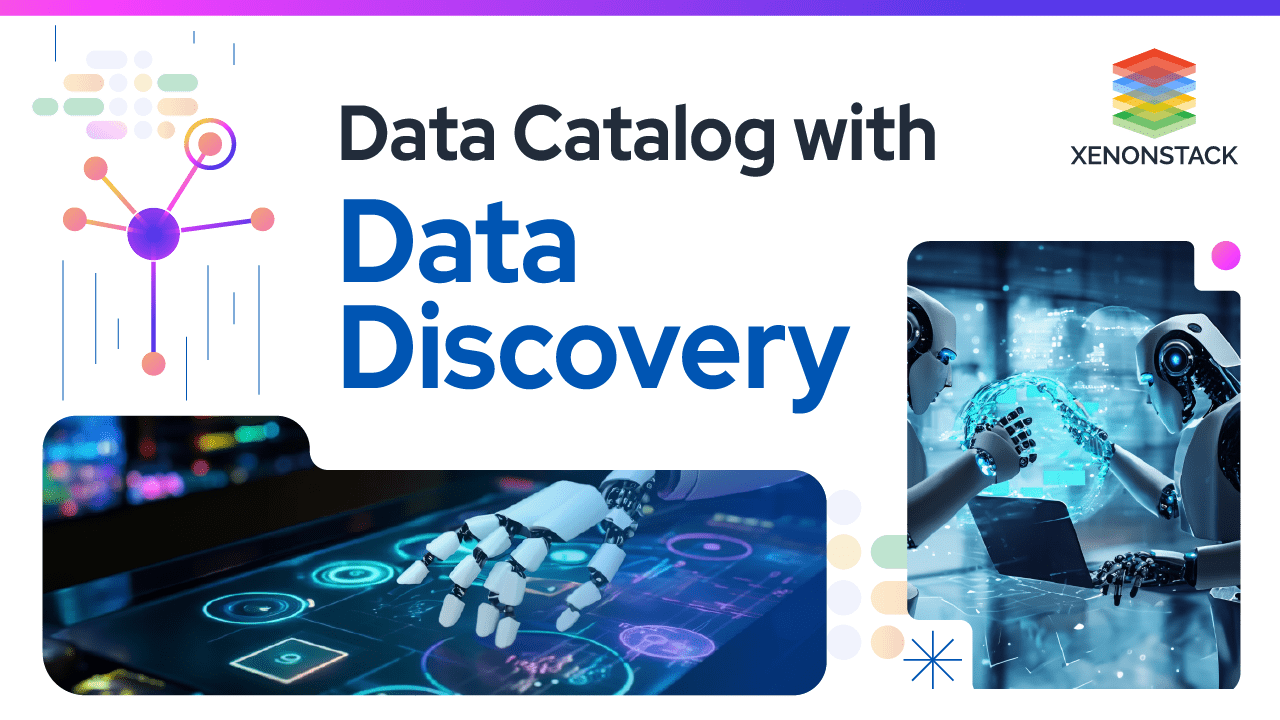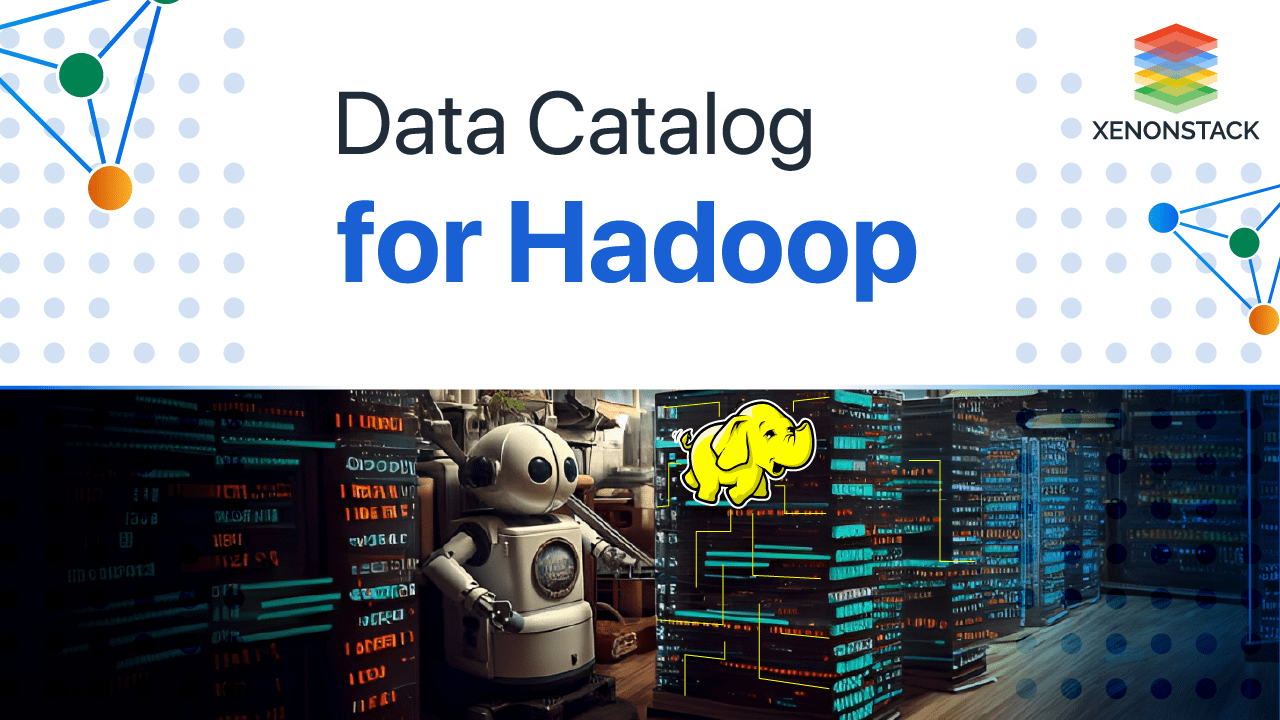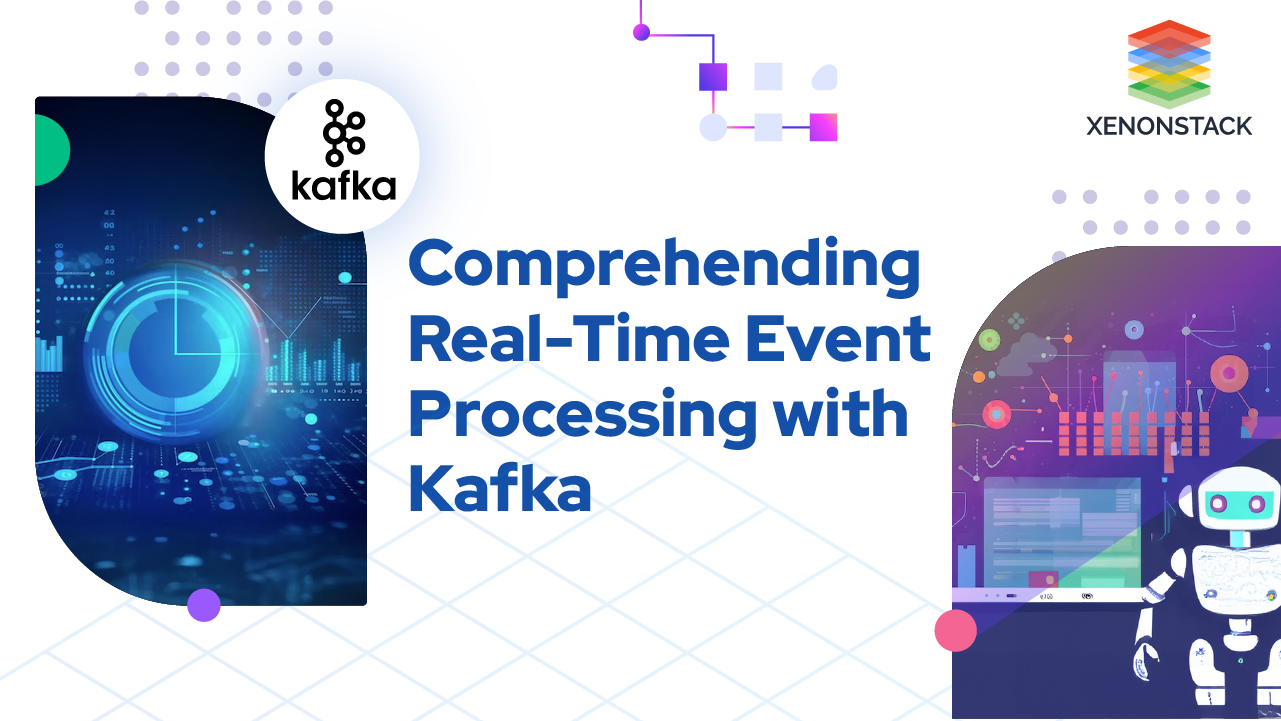
Introduction to Graph Analytics
Graph analytics refers to a set of technologies that use algorithms to help analysts analyze the connections between graph database entries. A graph's structure comprises nodes (also called vertices) and edges. Nodes represent points in the graph data.
For example, accounts, customers, devices, people groups, organizations, items, and places can all be represented as nodes. Edges represent the connections, or channels of communication, that exist between nodes. Every edge can have a one-way or bidirectional direction and weight representing the relationship's strength.
Analytics can be used once the graph database has been built. The techniques can be used to discover values or insights in the data, such as the average path length between nodes, outlier nodes, and nodes with dominant activity. It can also organize data in novel ways, such as segmenting data for individual analysis or searching for nodes that fulfill specified criteria.
The digital transformation of insurance companies has been going on for years. Click to explore about our, Data Analytics in Insurance Industry
Traditional vs. Graph Database
The key distinction is in the way entity relationships are stored. Relationships are recorded at the individual record level in a graph database, whereas table definitions are used in a relational database. Here is a table showing key differences between traditional and graph databases.
| Graph Database | Relational Database |
| Uses Nodes and Edges to store data | Uses rows and columns to store data |
| Relationships are maintained by edges between nodes | Relationships are maintained using foreign keys between tables |
| Complex queries run quickly and do not require join | Complex queries takes time as complex relationships are maintained between tables |
| Generally used for relationship heavy use cases like fraud detection and recommendation engine | Generally has transaction focused use cases such as online transaction and accounting |
Because the data structure is known ahead of time, relational databases are faster when dealing large numbers of records. As a result, the memory footprint is reduced. Because graph databases don't have a predetermined data structure, each record must be evaluated individually during a query to identify the data structure.
New technologies in Big Data Analytics are changing continuously, implement the right trends to stay ahead of their competitors. Click to explore about our, Latest Trends in Big Data Analytics
How is graph analytics different from relational analytics?
Relational analytics explores relationships by comparing one-to-one or even one-to-many relationships, whereas graph analytics can compare many-to-many relationships. The latter aids in the discovery of routes that relational analytics have missed. Furthermore, relational analytics works best with structured, static data organized in tables and columns. It is adept at deciphering unstructured, volatile, and changeable datasets. It gives information about network relationships and deeper insights that might improve prediction and decision-making accuracy.
When to consider Graph analytics?
- When Data models are highly connected: Graph solutions focus on highly connected data with the essential need for relationship analysis, for example, Social network analysis and financial fraud detection.
- When retrieval of data is more important than storing: Graph databases are well optimized for data retrieval, for example, semantic search.
- When data model often changes: If the data model requires frequent changes and is inconsistent, then a graph database and analytics is a good choice, for example, Recommendation engines in E-Commerce
When to consider Relational analytics?
- When data is consistent and maintain a structure: relational solutions focus mainly on structured data and the relation between them. For example, Sports analytics often involve data analysis on individual players or teams, which is best suited for relational databases and analytics.
- When storing large chunks of data is a requirement: Graph databases and analytics are not the best solutions if the entities in your model have very large attributes such as blobs, CLOBs, long texts, etc. an ideal solution would be using relational analytics.
A technology that mimics how humans interact with software to perform repetitive, high-volume tasks. Click to explore about our, RPA in Data Analytics
What are the best techniques?
- Path Analytics - Path analysis aims to determine the shortest/optimal path between two nodes. Optimization of a specific function, traversal of sure nodes/edges, avoidance of nodes/edges, and fulfillment of some preferences are all examples of "shortest/optimal" specifications. The shortest route in Google Maps changes depending on the weather, traffic, and road conditions.
- Connectivity Analytic - The connectivity analysis investigates the pattern of connectedness and similarity between graph topologies based on various parameters. It also determines robustness or which node should be the attacker's next target.
- Community analytics - "community," refers to a group of nodes more connected than the outside world. The field of community analytics is concerned with the detection and analysis of community behavior patterns. Who are the members of the community, for example? Where do they come from? Is the neighborhood a safe place to live? Do you have any dominant persons in your community? Is the community changing, growing, separating, or dying? The sum of all edges of all vertices within the cluster is the internal degree of a subgraph.
- Centrality analytic - The centrality analytic method identifies important nodes (influencers) in a network about a specific analysis problem. Their importance is determined by how central they are in a community. We all know that not every network node is equally essential. In some ways, some nodes are more important than others. For example, a central server in a computer network or a junction station in a transportation network.
Latest AI and production combination promise a stronger, more efficient, and hassle-free working environment in factories.Click to explore about our, AI-based Video Analytics
Top Tools for graph analytics
Some of the market's leading graph analytics tools are as follows:
Neo4j
Neo4j is a graph data platform that gives developers and data scientists the tools they need to build apps and machine learning workflows.
OrientDB
OrientDB is an open-source NoSQL database management system incorporating new document and graph DBMS and standard DBMS features.
ArangoDB
ArangoDB is an open-source multi-model graph database tool for creating data models for graph analytics and critical values. It retrieves and modifies data using its query language, AQL, similar to SQL.
| Feature | Neo4j | OrientDB | ArangoDB |
| Written in | Java | java | C++/javaScript |
| License | GPLv3 for Open Source Projects . Commercial for closed source projects |
Apache 2.0 | Apache 2.0 |
| Query language | Cypher | OrientDB SQL | AQL |
| Live Backups | Enterprise only | Yes , but with OS Support | Yes |
| Replication | Enterprise only | Yes | Yes |
| Sharding | Enterprise only | Yes , with limitations | Yes |
| Schema Support | Yes | Yes | No |
What are the applications of Graph Analytics?
Graph analytics can be used for several applications, such as:
- Detecting crimes involving money laundering, identity theft, and cyberterrorism.
- The traffic and quality of service for computer networks can be analyzed.
- Optimizing logistics for manufacturing and transportation industries can help save time and money.
- Analyzing social media data, identifying influencers, and monitoring communities for trends is an integral parts of marketing strategy.
- Determining a page's popularity and tracking how often it has been clicked on.
- I scanned the parts of a software application and identified potential issues.

Conclusion
It is a framework for detecting fraud and staying one step ahead of criminals. Traditional analytics approaches make examining data and relationships difficult or impossible. Graph analytics and its associated technologies can help. Its approaches have become standard tools for analyzing complex data interactions. It is feasible to draw insights increasingly complicatedly using it, making it a vital tool for today's enterprises.
- Discover more about Graph Databases in Big Data Analytics
- Click to explore about Predictive Analytics Tools


